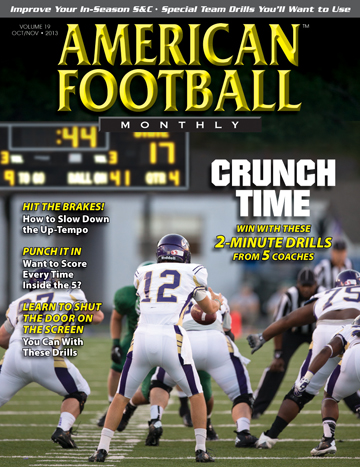Article CategoriesAFM Magazine
|
Circuit Drills Emphasize Repetition, Range of Motion and Reaction to Improve Your Special Teams Play.by: Nick WhitworthSpecial Teams Coordinator Central Washington University © More from this issue Our staff at Central Washington University understands the importance and value of the kicking game in each contest. We treat each special teamís preparation with the same enthusiasm, intensity, and creativity as our offense and defense. To do it right, we must train our special teams players in the same way. Preparing players for their special team roles, however, presents some unique challenges. Consider the following:
|
|
|||||||
| HOME |
MAGAZINE |
SUBSCRIBE | ONLINE COLUMNISTS | COACHING VIDEOS |
Copyright 2025, AmericanFootballMonthly.com
All Rights Reserved





